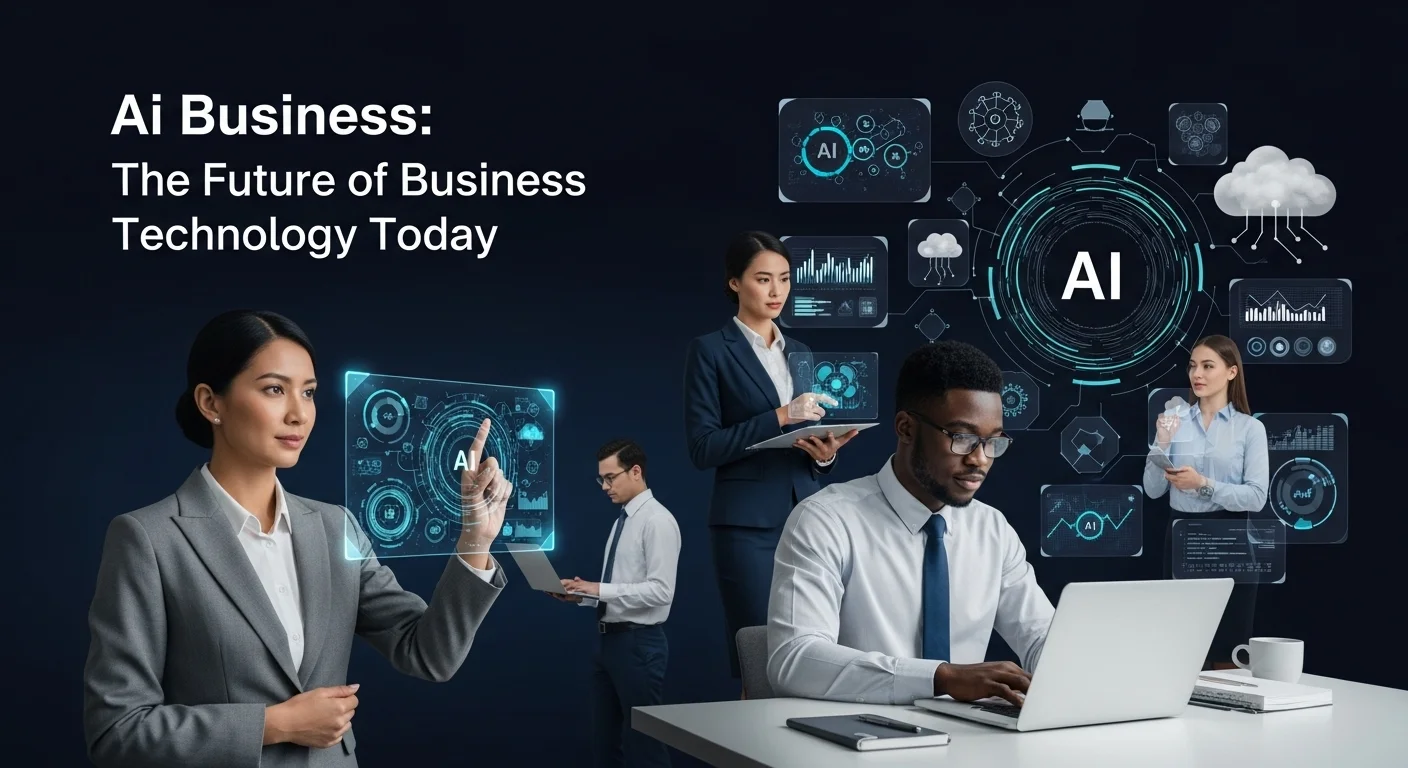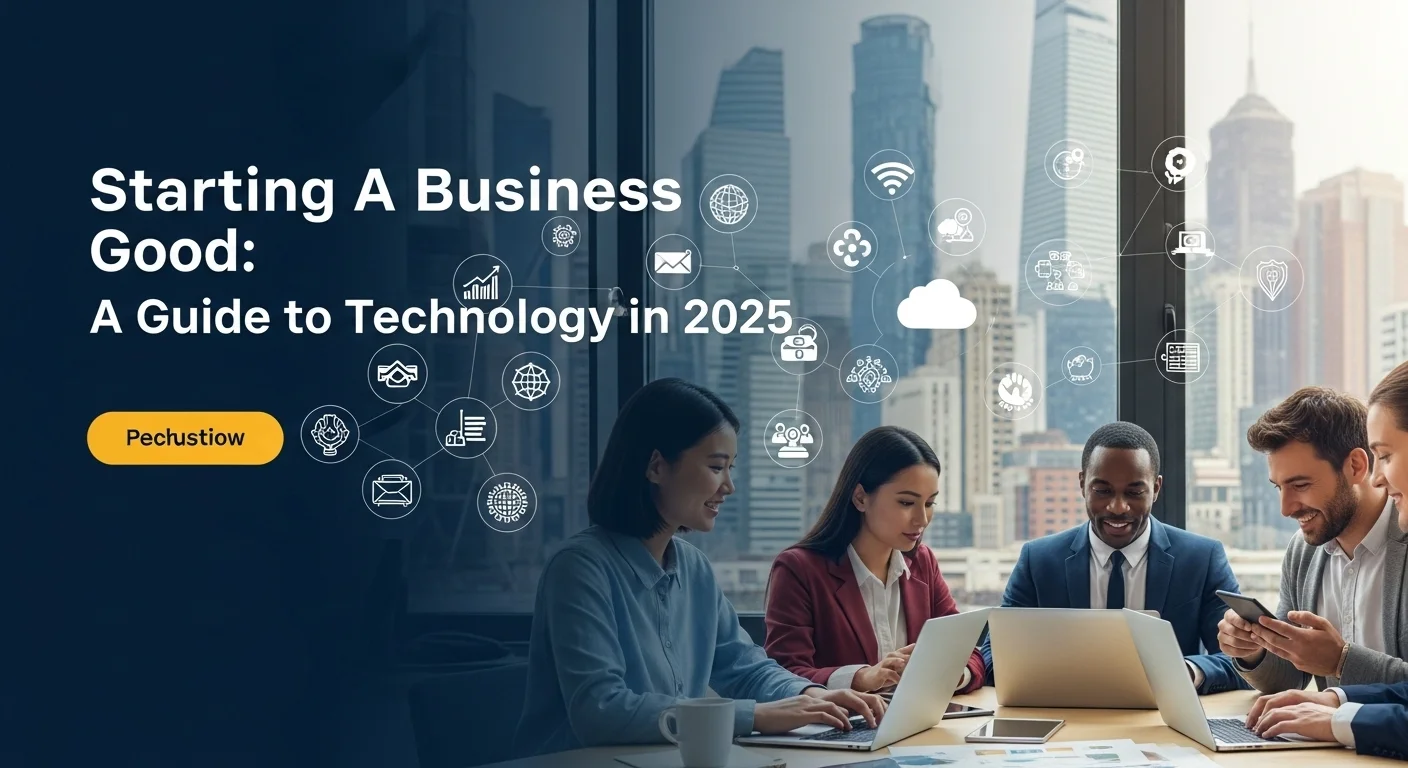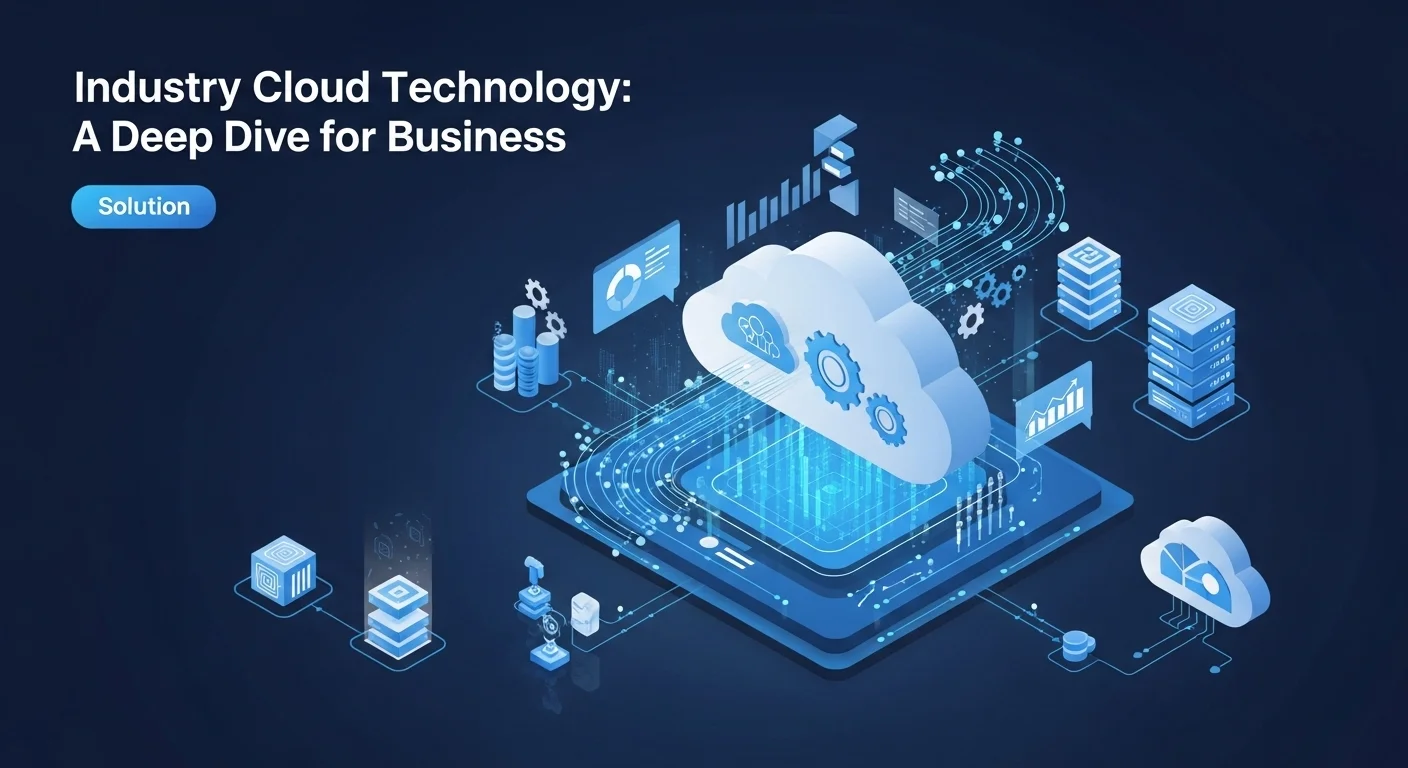AI in Business: A Real-World Guide to Using Tech's Next Big Thing

Executive Summary
AI in business isn't some far-off concept from a sci-fi movie; it's here, right now, changing how companies operate. I've been in the tech world for years, and I've seen trends come and go, but the strategic integration of artificial intelligence is different. It's fundamentally reshaping everything from how we analyze market trends to the way we talk to our customers. Think of it as giving your business a superpower: the ability to automate complex tasks, find hidden opportunities in your data, and make smarter, faster decisions. Whether you're a business leader trying to stay competitive or a tech enthusiast fascinated by what's next, understanding AI is no longer optional. This article is my attempt to cut through the noise. I'll walk you through what AI in business really means, show you how to implement it, and share practical strategies I've seen work time and time again. We'll also touch on why developing new skills, and maybe even considering an AI for business certification, is becoming so important.
Table of Contents
- What is AI in Business and Why Does It Matter?
- The Real Impact of AI on the Tech World
- Unlocking Real-World Benefits with AI Business Applications
- A Practical Guide to AI in Business and Technology
- The Building Blocks: How AI Actually Works in Business
- Your Step-by-Step Guide to Bringing AI into Your Business
- Smart Strategies to Get the Most Out of AI in Your Business
- Best Practices for Long-Term AI Success
- Essential AI Tools Every Business Should Know
What is AI in Business and Why Does It Matter?
In my line of work, I've seen 'AI' go from a niche tech term to a boardroom essential. At its core, 'AI in Business' is simply about using smart technology to solve real-world business problems. It's about integrating artificial intelligence into your daily operations to boost efficiency, spark innovation, and make better-informed decisions. We're talking about deploying machines that can learn, reason, and act on massive amounts of data—far more than any human team could handle. This isn't just another tech upgrade; it's a fundamental shift in how we work, as big as the internet or the cloud. Getting a handle on its components and benefits is the first step for any leader looking to stay relevant in this new age.
So, what's under the hood? At the heart of it all is a set of powerful technologies. Machine Learning (ML) is the engine, where we train algorithms on data to spot patterns and make predictions. A perfect example I see all the time is in e-commerce, where ML analyzes your shopping history to suggest products you might actually want. Then there's Natural Language Processing (NLP), which lets machines understand and speak our language. This is the magic behind those helpful 24/7 customer service chatbots or the tools that analyze social media sentiment. Another fascinating piece is Computer Vision, which gives systems 'eyes' to interpret the visual world. I’ve seen this in action on factory floors, spotting tiny defects invisible to the human eye, and in advanced security systems. These technologies are what power the smart automation and deep insights that define modern business AI.
The Real Impact of AI on the Tech World
The importance of AI in the technology sector is impossible to overstate. It’s become the foundation for new products, services, and entire platforms. For tech companies, adopting AI isn't just a good idea—it's a survival strategy. From my conversations with fellow strategists, it's clear that AI and data analytics are now seen as absolutely critical for success. Why? Because AI provides a powerful way to solve problems that used to seem impossible. It allows for truly data-driven decisions, moving us from looking at past performance to accurately predicting future trends. Imagine being able to adjust your pricing in real-time based on market signals or foreseeing a supply chain problem before it even happens. That’s the kind of strategic advantage we’re talking about.
Moreover, AI is a massive driver of operational efficiency. By automating the repetitive, mind-numbing tasks, it frees up talented people to focus on creative, strategic work that actually moves the needle. This not only boosts productivity but, in my experience, also leads to happier, more innovative teams. Think about all the hours spent processing invoices or manually entering data. AI can do that faster and with fewer errors, cutting costs and freeing up capital. For business leaders, the focus is twofold: using AI to gain a competitive edge in the market and using it to streamline internal operations. This dual benefit is what makes the partnership between AI and business so powerful.
Unlocking Real-World Benefits with AI Business Applications
The practical benefits of bringing AI into your business are huge and touch every department. One of the most immediate wins I see is in the customer experience. AI allows for personalization on a massive scale, delivering tailored content and recommendations to each individual customer. Netflix’s recommendation engine is the classic case study—it uses AI to analyze your viewing habits and keep you engaged. Another great example is AI-powered chatbots that offer instant, 24/7 support, dramatically improving customer satisfaction.
Another key benefit is a huge leap in strategic decision-making. AI systems can sift through incredibly complex datasets that would overwhelm any human analyst. This helps leaders uncover hidden patterns, forecast future outcomes, and test potential strategies. For instance, banks use AI to spot fraudulent transactions instantly, saving billions. This ability to manage risk and plan proactively is a game-changer. It empowers leaders to stop reacting to the market and start anticipating it. As this field grows, the demand for professionals who can connect technology with business strategy is soaring, which is why interest in credentials like an AI for business certification has exploded. It's a clear signal that you know how to identify and implement high-impact AI applications, making you an invaluable part of any forward-thinking company.

A Practical Guide to AI in Business and Technology
Starting your AI journey is more than just buying new software. It’s about having a clear plan, understanding the tech, and being ready to transform your processes. I've designed this guide for business leaders and practitioners to help you navigate the complexities of AI implementation, from the first idea to a full-scale rollout. A successful AI project is like a well-conducted orchestra—it involves finding the right problem to solve, preparing your data, choosing the right instruments (tools), and fostering a culture of creativity. It’s about weaving together the capabilities of AI with your core business goals to create something truly valuable.
The Building Blocks: How AI Actually Works in Business
To implement AI solutions effectively, you have to understand the basics. The most important thing to remember is that data is the fuel for any AI system. Without high-quality, relevant data, the best algorithms are useless. The process usually starts with understanding a few types of machine learning (ML):
- Supervised Learning: This is the most common approach. I like to think of it as teaching a student with flashcards. You show the model data that's already labeled with the correct answer (e.g., this email is 'spam,' this one is 'not spam'). The goal is for it to learn the pattern so it can label new, unseen data correctly. It’s great for things like sales forecasting.
- Unsupervised Learning: Here, you give the model unlabeled data and ask it to find patterns on its own. It’s like telling someone to sort a mixed bag of Lego bricks by finding groups of similar pieces. Businesses use this for tasks like customer segmentation, where they group customers with similar behaviors together.
- Reinforcement Learning: This is learning through trial and error. The model gets rewards for good actions and penalties for bad ones, learning over time to maximize its score. This is the complex technology behind self-driving cars and AI that can master strategic games.
Beyond the models, having a solid Big Data infrastructure is non-negotiable. I’ve seen many projects stall because of this. You need robust systems to collect, store, and process huge amounts of data, often using cloud data warehouses. Strong data governance is also critical to ensure your data is clean, secure, and complies with regulations like GDPR. This groundwork is the unglamorous but essential foundation for any successful AI application.
Your Step-by-Step Guide to Bringing AI into Your Business
I’ve walked many clients through this process, and a structured approach is key to managing expectations and delivering real value. Here’s a roadmap that works:
1. Find the Business Problem First: Don't start with the technology. Start with a real business challenge. I always ask, 'What is a high-impact problem that AI could uniquely solve?' Maybe it's reducing customer churn, optimizing your supply chain, or automating tedious financial reports. A clear business case from day one ensures your project stays focused on what matters.
2. Be Honest About Your Data: Once you have a goal, it's time for a data audit. Do you have the data you need? Is it clean? Is it accessible? This is often the most challenging step. Be prepared to invest time in consolidating, cleaning, and sometimes labeling data. It's hard work, but cutting corners here will doom the project.
3. Decide: Build vs. Buy: This is a critical fork in the road. Do you build a custom AI solution or buy an off-the-shelf product? Building gives you total control but requires a skilled team and a lot of time. Buying is faster for standard problems but might be less flexible. My advice? Many businesses find a sweet spot with a hybrid approach, using powerful cloud platforms like Google Cloud AI, AWS, or Azure AI to accelerate development.
4. Run a Pilot Project: I can't stress this enough: start small. A pilot project lets you test your model in a controlled setting. You can measure its impact and gather feedback without risking your core operations. The lessons you learn from a small-scale pilot are invaluable for a successful company-wide rollout.
5. Scale and Integrate Thoughtfully: After a successful pilot, you can scale the solution. This is as much a people challenge as a tech one. You need excellent change management to help employees embrace the new tools. And remember, AI isn't 'set it and forget it.' You have to constantly monitor and refine your models to keep them performing well.
Resources and the Rise of AI for Business Certification
The great news is that powerful AI tools are more accessible than ever. Cloud providers offer services for almost anything, from pre-built APIs for analyzing text to full-scale platforms for building your own custom neural networks with tools like TensorFlow and PyTorch.
With this power comes a need for expertise. The demand for professionals who truly understand AI has skyrocketed, leading to the rise of AI for business certification programs. I've seen these certifications, offered by major players like Google and Microsoft, become a valuable credential. They prove you understand the concepts, can apply them to real business problems, and know your way around the key platforms. For leaders, encouraging your team to get certified is a smart investment in building a future-ready workforce. An AI for business certification helps create a common language between your tech and business teams, which I've found is a secret ingredient for leveraging the powerful relationship between AI and business for a real competitive advantage.

Smart Strategies to Get the Most Out of AI in Your Business
Getting AI right isn't just about installing new technology. It’s about shifting your mindset, encouraging a culture of learning, and sticking to proven practices to get the most value while avoiding common pitfalls. For business leaders, the goal is to make the synergy between AI and business a natural part of how your company thinks and operates. Here are some tips and strategies from the field to enhance your technology experience and ensure your AI initiatives pay off for the long haul.
Best Practices for Long-Term AI Success
From my experience launching and advising on AI projects, following a set of best practices can make all the difference. These are the hard-won lessons that guide a project from an idea to a sustainable success.
- Tie Every AI Project to a Business Goal: This is my number one rule. Every single AI initiative must clearly aim to achieve a specific business objective, like growing revenue, cutting costs, or making customers happier. Without this clear link, AI projects can turn into expensive hobbies with no real-world value.
- Start Small, Win Big: Resist the urge to do everything at once. I saw one company try to launch five massive AI projects simultaneously, and all of them failed. A smarter approach is to start with a small, manageable pilot project with a clear, measurable ROI. Quick wins build momentum and earn trust from stakeholders for bigger projects down the road.
- Obsess Over Data Quality: An AI system is only as smart as the data it learns from. You absolutely must have strong data governance policies. This means ensuring your data is accurate, complete, secure, and ethically sourced. Investing in cleaning and organizing your data is the most important prerequisite for any serious AI work.
- Build an AI-Ready Culture: Technology is only half the battle. Success demands a cultural shift. You need to encourage data literacy across the company and foster collaboration between your tech and business teams. It’s also vital to frame AI as a tool that helps employees, not one that replaces them. Investing in upskilling your workforce is key.
- Lead with Ethics: The ethical side of AI is critically important. You have to be proactive about tackling issues like algorithmic bias, transparency, and privacy. Creating a responsible AI framework isn't just good ethics; it builds trust with your customers and protects your brand.
- Measure, Monitor, and Improve: AI models aren't static. Their performance can drift over time as the world changes. You have to constantly monitor their performance and regularly retrain them with new data to keep them accurate and effective.
Essential AI Tools Every Business Should Know
The market is full of incredible AI tools designed for specific business functions. Using them can give your company a huge head start. Here are a few examples I often recommend:
- For Sales and CRM: Platforms like Salesforce Einstein bring AI directly into your sales workflow. It can predict which leads are most likely to convert and suggest the next best action, helping sales teams work smarter, not harder.
- For Marketing: I'm a big fan of generative AI tools like Jasper or the features in HubSpot. They can help draft marketing emails, blog posts, and social media updates, freeing up your marketing team to focus on strategy.
- For Customer Service: AI-powered chatbots from platforms like Intercom or Zendesk are a game-changer. They can handle common customer questions instantly, 24/7, letting your human agents focus on the most complex and sensitive issues.
- For Operations: Robotic Process Automation (RPA) tools like UiPath are amazing for efficiency. They use AI to automate repetitive tasks like data entry or invoice processing, saving countless hours and reducing errors.
- For Analytics: Tools like Tableau and Microsoft Power BI are embedding AI features that let you ask questions of your data in plain English and automatically uncover insights you might have missed.
And for those building custom solutions, the big cloud platforms—AWS, Google Cloud (GCP), and Microsoft Azure—are your best friends. They offer everything you need, from basic infrastructure to advanced machine learning services.
The Future is Collaborative: Humans and AI
Ultimately, the best strategy for succeeding with AI is to focus on collaboration. The most successful companies I've worked with are the ones that see AI not as a replacement for people, but as a powerful partner that enhances our own intelligence. The goal is to design systems that empower employees, giving them the insights to make better decisions and automating the boring stuff so they can focus on being creative and strategic. This is the future of work. As a leader, your job is to champion this vision. Investing in training, and maybe even encouraging an AI for business certification, is how you prepare your team for this new reality. A certification can give your employees the confidence and skills to not just use AI tools, but to see new opportunities for applying them. This proactive approach ensures the partnership between AI and business drives not just efficiency, but a more innovative, engaged, and future-proof workforce. For more deep dives into strategy and technology, the MIT Sloan Management Review's section on Digital Leadership is an excellent resource.
Expert Reviews & Testimonials
Sarah Johnson, Business Owner ⭐⭐⭐⭐
As a small business owner, I often feel overwhelmed by tech jargon. This article broke down AI in a way I could actually understand. I'm already thinking about how to use an AI chatbot for customer service after reading this. A few more case studies for retail would have made it perfect!
Mike Chen, IT Consultant ⭐⭐⭐⭐
Solid overview. As an IT consultant, I've read a lot on this topic, but the step-by-step implementation guide was particularly well-structured. It's a great resource to share with clients who are just starting their AI journey. The distinction between supervised and unsupervised learning was especially clear.
Emma Davis, Tech Expert ⭐⭐⭐⭐⭐
This is one of the best articles I've read on the practical application of AI in business. It correctly avoids the hype and focuses on tangible strategy. The section on building an AI-ready culture is spot-on—it's something we preach constantly. A must-read for any tech leader.



